Have you ever heard of Shojin cuisine? This is a branch of Japanese cuisine and is now attracting worldwide attention due to healthy food trend. Daikon radish, tofu, yuba, sesame tofu, namafu, konnyaku, and pumpkin are often used in Shojin cuisine and of course, no meat. Let’s see more about it in this article to see why it is now so popular worldwide!
What is Shojin ryori?
Shojin ryori is a cuisine closely related to Buddhism that does not use meat or fish. It refers to dishes made with only plant-based ingredients such as vegetables and tofu. Locals based this on the precepts of Buddhism, Shojin ryori was born to avoid “killing living things” and not to stimulate “worldly desires”. Employing Shojinmono solely is a defining factor of Shojin ryori. Vegetables, grains, seaweed, beans, nuts, fruits, etc. which don’t contain meat or fish are what locals refer to as “Shojinmono”.
In Zen, all actions related to food are “training”. Look at yourself through your eating behaviour, such as preparing and cooking food, eating, and cleaning up afterwards. Shojin ryori is not just a simple vegetable dish. These meals are often served in temple restaurants, especially in the ancient city of Kyoto.
Etymology
“Shojin (精進)” is a Buddhist term that means “avoiding gourmet food and eating meat, and cultivating the mind by eating simple and vegetarian meals.” The ordinary people took the food peculiar to monks, and said, “Do not eat animal ingredients or strong-smelling ingredients”. They see it as food related to Buddhist rituals and called it “Shojin ryori (精進料理).” It is a food culture nurtured through interaction between temples and the people.
Shojin ryori History
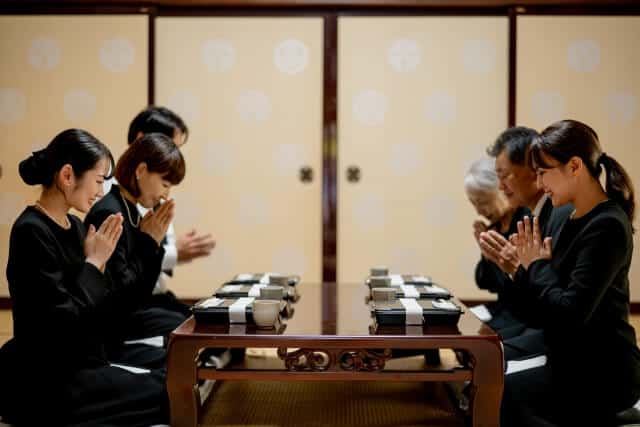
Dogen Zenji (1200–1253) established the standard for Japanese shojin cuisine and founded the Soto sect of Zen. At the young age of 12, he began his priestly training at Mt. In Japan, he was born during the Kamakura period. Food preparation is not seen as a priority for monks, but the Chinese brought the idea that “preparing meals is also a role of monks in a community life and is done as training.”
Locals believed that Buddhism and shojin cuisine were brought to Japan from China at the same time. During the Heian period, cooks created the first dinner that may be called a predecessor to modern shojin ryori; however, the rules were not as strictly enforced back then. The fish and birds were occasionally introduced under the caveat that “there are no forbidden examples.” Later, during the Kamakura era, Zen Buddhism is claimed to have expanded, and with it, shojin ryori, a vegetarian diet in which only monks are forbidden to eat meat.
Various Shojin ryori Cuisines
Kenchinjiru-soup
With Shojin dashi and the umami of root vegetables, Hokka Hokka Kenchinjiru uses plenty of vegetables.
Sesame somen noodles
Use plenty of sesame to recover from fatigue and make somen noodles arranged in a “chilled Chinese style”.
Light oden
The light Shojin oden, which does not contain paste or eggs, has a delicious flavor supported by the secret ingredient, dried wakame seaweed.
Goma Tofu
Goma Tofu or Sesame Tofu is a traditional Japanese food in Wakayama prefecture, Japan. It is one of many side dishes served at the beginning of the meal in Shojin Ryori.
Inari sushi
Inari Sushi is a type of traditional Japanese sushi made by stuffing vinegared or sushi rice into sweet and spicy fried tofu.
Nankin soboro
Simple Japanese cuisine with sweet and savoury ground pumpkins and some vegetables like tofu.
Shojin ryori Recipe
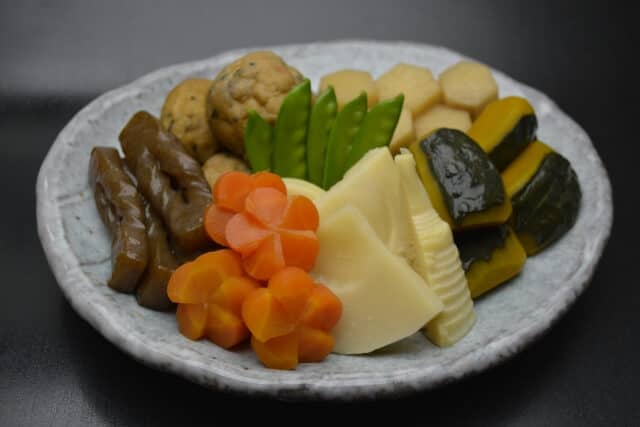
Nankin soboro Ingredients
| Ingredients of Nankin soboro for 4 persons | |
| Pumpkin | 100g |
| Koya-tofu | 40g |
| Kelp | 23g |
| Sweet sake | 100g |
| Sugar | 10g |
| Salt | 5g |
| Light soy sauce | 15g |
| Dark soy sauce | 12g |
| Starch | 50g |
| Daikon radish | 20g |
How to make Nankin soboro
Prepare the Koya-tofu with water, wrap it in the palm of your hand and squeeze out the water. Next, cut the pumpkin into evenly sized pieces and chop the Koya-tofu. Then, put it in a food processor.
Pour water into a pot, add kombu seaweed, heat, and remove the kombu before it boils. Add minced Koya-tofu to the soup stock.
When the dashi boils, season with light soy sauce. Then, the Koya-tofu will be soak in the dashi, turn off the heat and thicken with potato starch dissolved in water.
Add mirin to the pumpkin soup stock and evaporate the sake over high heat. Then, add sugar to sweeten and pour in dark soy sauce and season with salt to taste.
Arrange the pumpkin in a bowl, let it cool for a while, let the flavours soak in, and then pour over the red bean paste to complete the dish.
Rules in Shojin ryori
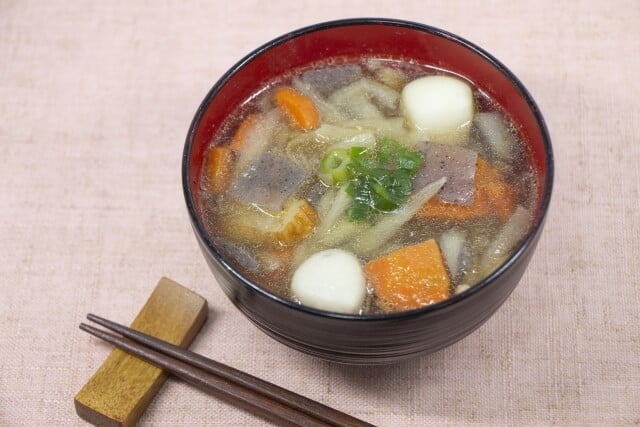
Seasoning (Rokumi)
The basic seasoning is the five flavours, which are the flavours of bitter, sour, sweet, spicy, and and salty “five tastes (gomi),” and added “tanmi,” which is a light flavour to bring out the natural flavours of the ingredients. “Light taste” is to make the taste light to make the best use of the taste of the material.
Completeness and etiquette (Santoku)
It is the basic attitude regarding the quality of meals and their consideration. The point is whether or not the food is cooked with the other party in mind.
Prohibited use of five pungent roots
By the way, Shojin ryori differs from general vegetarian and vegan cuisine in that it uses plant-based ingredients that do not stimulate worldly desires. The five kinds of vegetables that are to stimulate worldly desires are called “Gokun” in the Buddhist world and include garlic, onions, green onions, Chinese chives, and shallots. These five kinds of vegetables seem to differ slightly depending on the sect of Buddhism and the times. Five pungent roots are a vegetable that hurts the “qi” that humans originally have. In addition, its use in Shojin ryori is prohibited because its strong odour interferes with training and because it is a stimulant to lust and anger.
Tenza Instructions on how to prepare Shojin ryori

Three importance of the mind
Among them, are “Respect for ingredients”, “Keep things organized and take care of utensils”, “Cook from the standpoint of the person eating”, “Spare no effort and ingenuity”, and Cook.
Three hearts
The three hearts are “Kishin = joy of making and hospitality”, “Roshin” = caring and considerate, and “Daishin” = generous heart without bias or fixation.
In addition, “Tenza Lessons” stipulates detailed rules for cooking methods and seasonings.
Five cooking methods
There are five cooking methods: raw, boiled, grilled, fried, and steamed. The menu should use five colours red, white, green, yellow, and black.
Various types of vegetarian
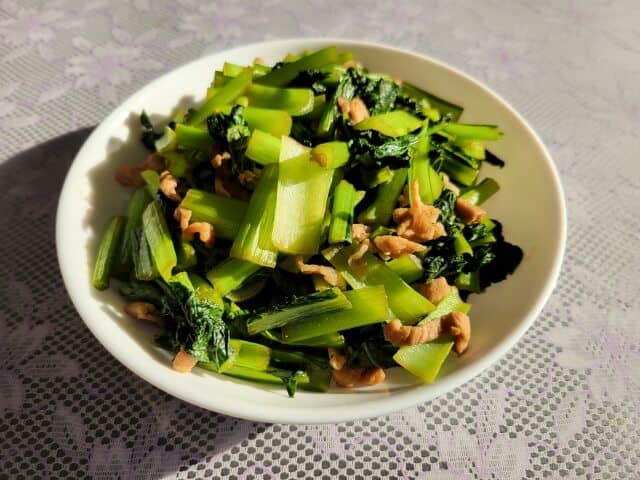
Even if you say vegetarian in one word, there are surprisingly various types.
Vegan
“Vegan” is a completely vegetarian diet that does not eat anything related to animals, such as eggs, dairy products, honey, etc.,
Ethical Vegan
“Ethical vegan”, which does not kill animals in all aspects of clothing, food and shelter.
Oriental vegan
“Oriental vegan/vegetarian” who eats only plant-based ingredients based on Buddhist precepts.
Fruitarians
Taking the idea even further than veganism, “fruitarians” believe that harvesting does not end the life of the plant itself, even killing the plants that eat the leaves and the fruits, seeds, and nuts that the plant ultimately produces.
Flexitarians
They are the ones who occasionally eat animal products
Reducetarians
People who follow a diet that consumes less meat.
Liquidarians
Furthermore, in addition to water, there are “Liquidarians” who live by drinking only plant-based liquids such as coffee, green juice, smoothies, etc.
Where to buy Shojin ryori?
Soko (宗胡)
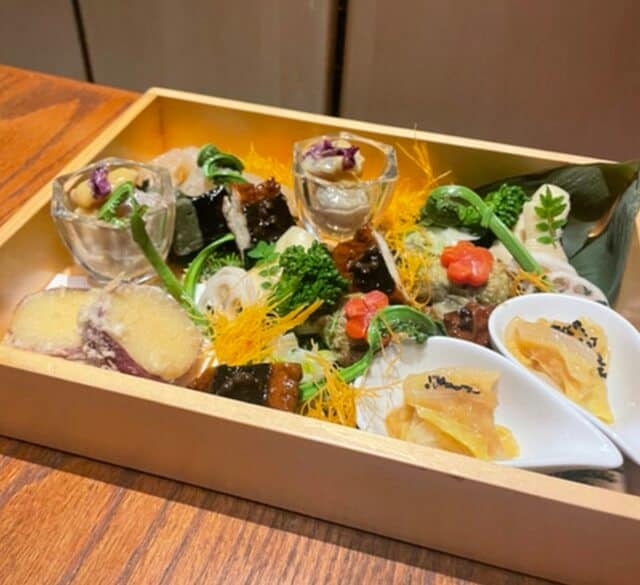
Sogo is a vegetable kaiseki restaurant run by a two-Michelin-starred chef. There are counter seats, semi-private rooms, and complete private rooms where privacy is protected, so you can enjoy your meal in a calm atmosphere. It is a course meal, and the course menu changes once every three weeks. You can enjoy creative kaiseki cuisine using seasonal vegetables. Those who wish to have complete Shojin Ryori must make a reservation in advance.
Itomasa (いと正)

Itomasa is a restaurant that inherits the taste of Kakusho, a traditional vegetarian restaurant in Hida Takayama. It has been awarded a star by Michelin and requires a complete reservation. They offer original and ingenious dishes using seasonal vegetables such as tofu, mushrooms, and potatoes. Shojin ryori may have the image of being bland, but at this restaurant, you will be very satisfied with the seasoning and volume
Izumitake Tokyo (泉竹 東京店)
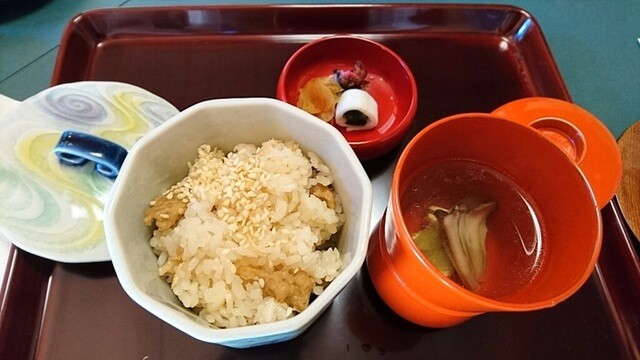
Izumichiku Tokyo Branch is a vegetarian restaurant located in Setagaya since 1970, and the beautiful garden and quiet private rooms create a calm atmosphere that makes it hard to believe you are in Tokyo. In addition to Shojin cuisine, they also serve Kyo-kaiseki and Cha-kaiseki, and often used for celebratory occasions. They added Shiitake mushrooms and kombu (kelp) for the soup stock, and you can enjoy hearty and satisfying Shojin cuisine.
Final thoughts
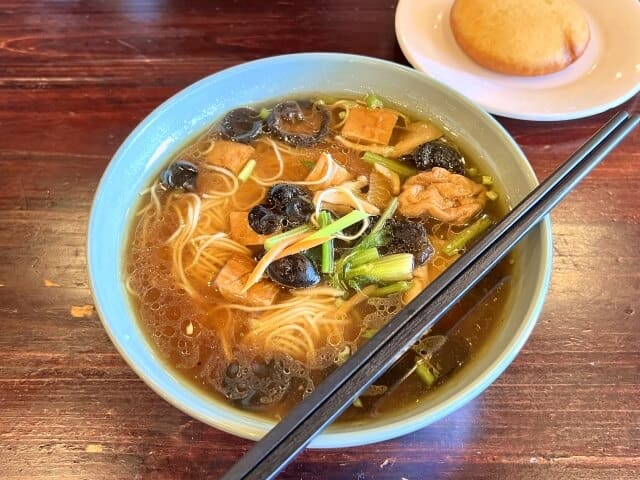
In conclusion, we can say that preparing a simple, seasonal and nutritious meal is the healthiest option for our bodies and the planet. Simple food is easy to digest and making meals from scratch can be therapeutic and rewarding. Sometimes, Shojin Ryōri’s techniques require great effort and concentration. Each part of the cooking process is carried out with care and attention. Conscientious cooking and eating are key components of a balanced and healthy life.
There are other Japanese cuisine that is similar to or associated with Shojin ryori such as Kaiseki ryori, Osechi ryori, and Obanzai.
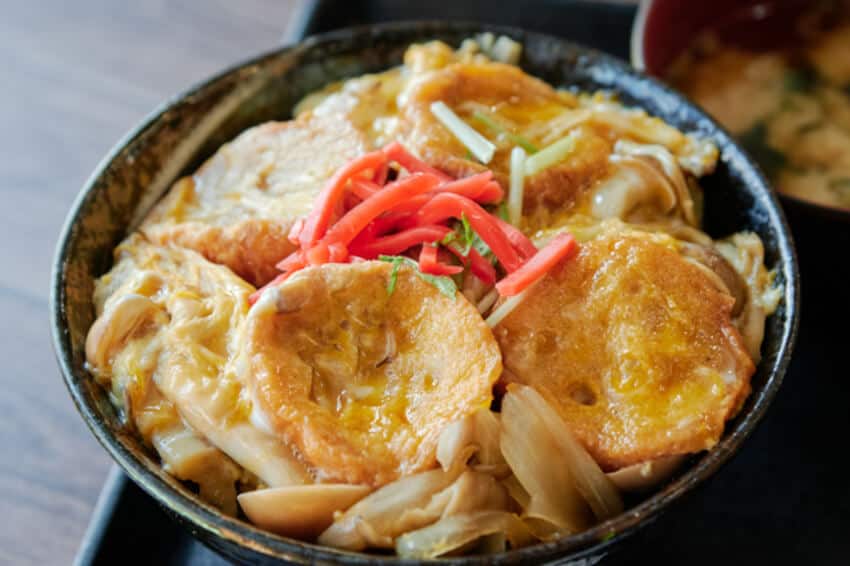
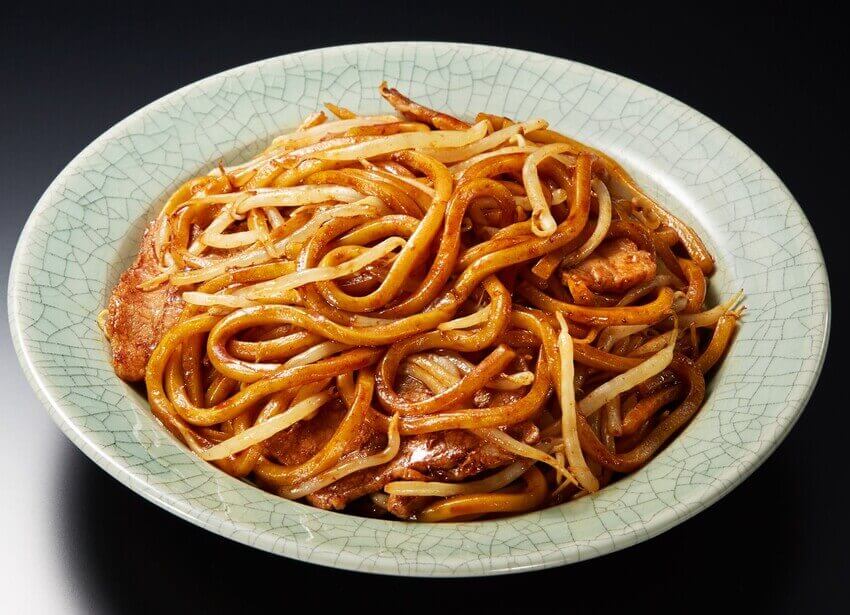




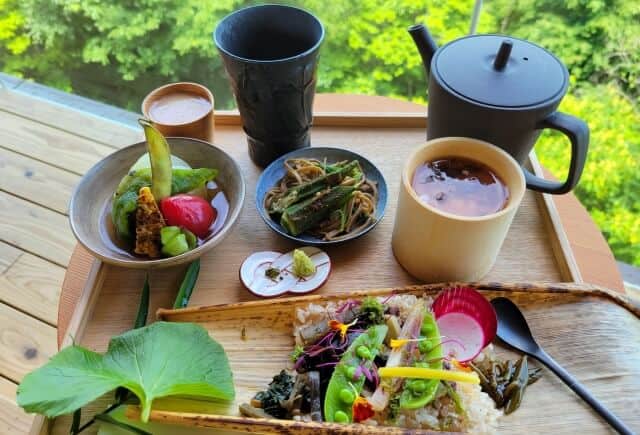
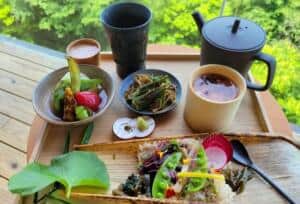
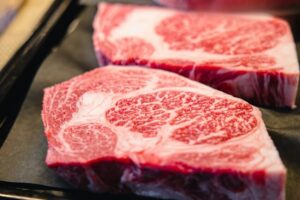
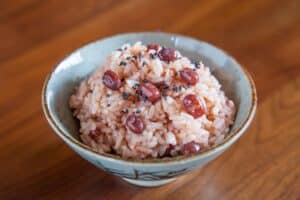
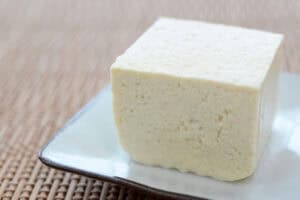
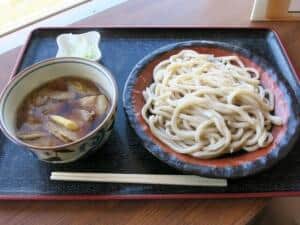

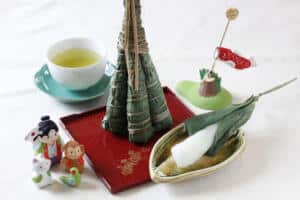
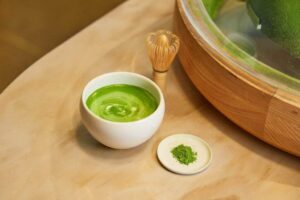
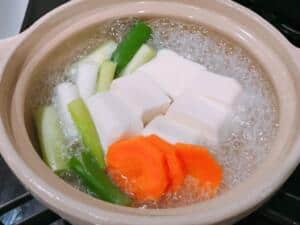
Comments